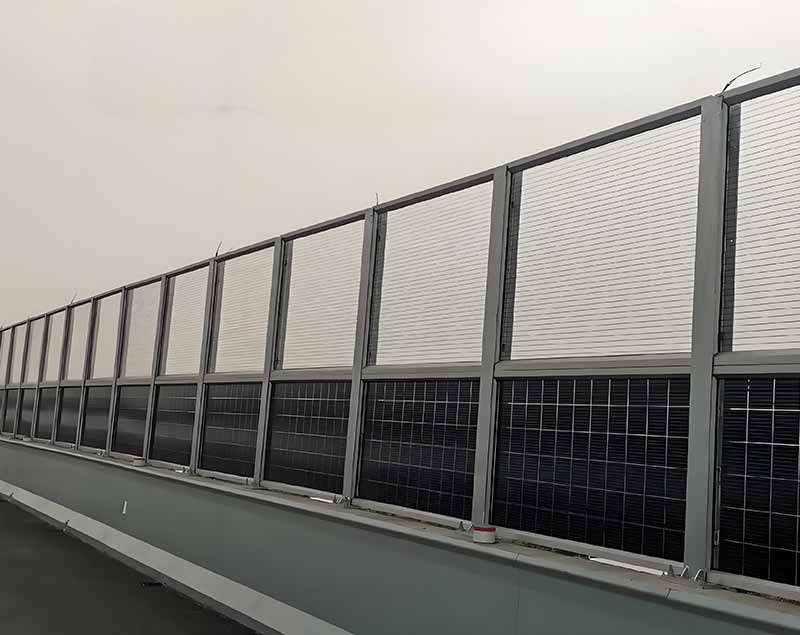High-speed network intrusion detection system based on SNORT rule set
Project Background and Feasibility Analysis
Project Name: High-Speed Network Intrusion Detection System Based on SNORT Rule Set
Application Background
Misuse-based intrusion detection systems (IDS) are currently the most widely used network security solutions. These systems are known for their high accuracy in detecting known threats and a relatively low false positive rate. They rely on a database of pre-defined attack patterns, which are built upon historical knowledge of network vulnerabilities and attack methods. By matching incoming traffic against these predefined patterns, they can identify and respond to potential intrusions. However, as network speeds continue to increase, traditional misuse-based IDS face significant performance limitations. The core of these systems is pattern matching, but as the number of signatures grows, the system's ability to process data efficiently diminishes. This leads to lower detection rates, higher resource consumption, and in some cases, the system may have to discard certain packets under heavy network loads. Such behavior compromises the overall effectiveness and integrity of the intrusion detection solution.
The main bottleneck in the performance of misuse-based IDS lies in the efficiency of the pattern matching engine. This engine processes network packets by comparing them against a set of rules stored in the signature database. In many systems, such as Snort, these patterns are expressed using regular expressions, which are computationally expensive to evaluate. According to reference [1], over 90% of the CPU time in such systems is spent on regular expression matching. Therefore, this project aims to develop a high-speed network intrusion detection system that leverages the SNORT rule set to enhance both speed and accuracy.
Research Status
To improve matching efficiency, software-based pattern matching engines often employ multi-pattern matching algorithms. Reference [2] highlights that most current regular expression matching techniques are based on the Aho-Corasick algorithm or its generalized versions. While effective, the construction of Deterministic Finite Automata (DFA) from Nondeterministic Finite Automata (NFA) results in an exponential increase in state count, leading to high memory usage. This limits the size of regular expressions that can be processed efficiently, thus reducing system performance.
In hardware-based pattern matching, both NFA and DFA approaches are commonly used. Reference [4] introduces a new architecture that improves DFA density through compression coding. Another study [5] uses graph theory to optimize DFA transitions, reducing memory usage by up to 95%. However, these methods still face challenges with hardware resource constraints. Since the number of states in a DFA increases exponentially compared to an NFA, it becomes impractical for large-scale regular expression matching on existing FPGA platforms.
Reference [6] presents the first FPGA-based regular expression matching engine using an NFA mechanism. It achieves one character per cycle and provides several modular design approaches. The hardware acceleration engine in this project draws inspiration from this work, adopting a modular design to create a high-speed, data-stream-driven pattern matching engine. It also addresses the issue of backtracking found in traditional NFA implementations, making it more suitable for real-time network traffic analysis.
Main Content
This project focuses on overcoming the limitations of regular expression pattern matching in traditional software-based intrusion detection systems. It aims to develop a high-speed network intrusion detection system that utilizes the SNORT rule set. The system consists of three main components: the design and implementation of a hardware-based pattern matching engine (intrusion detection accelerator), the underlying hardware platform for data transmission, and the associated software stack, including drivers and applications.
Key Technologies and Innovations
(1) Design of a multi-pattern matching hardware engine tailored for regular expressions;
(2) Development of a communication platform integrating PCI-E and FPGA for efficient data transfer;
(3) Implementation of hardware-based network packet capture to ensure real-time processing;
(4) Design of a robust software driver to interface with the hardware engine and support application-level operations.

Photovoltaic sound barrier,Solar-powered sound barrier,Photovoltaic noise barrier,Solar noise barrier
Hebei Shuobiao New Energy Technology Co., Ltd. , https://www.pvbracketsystem.com